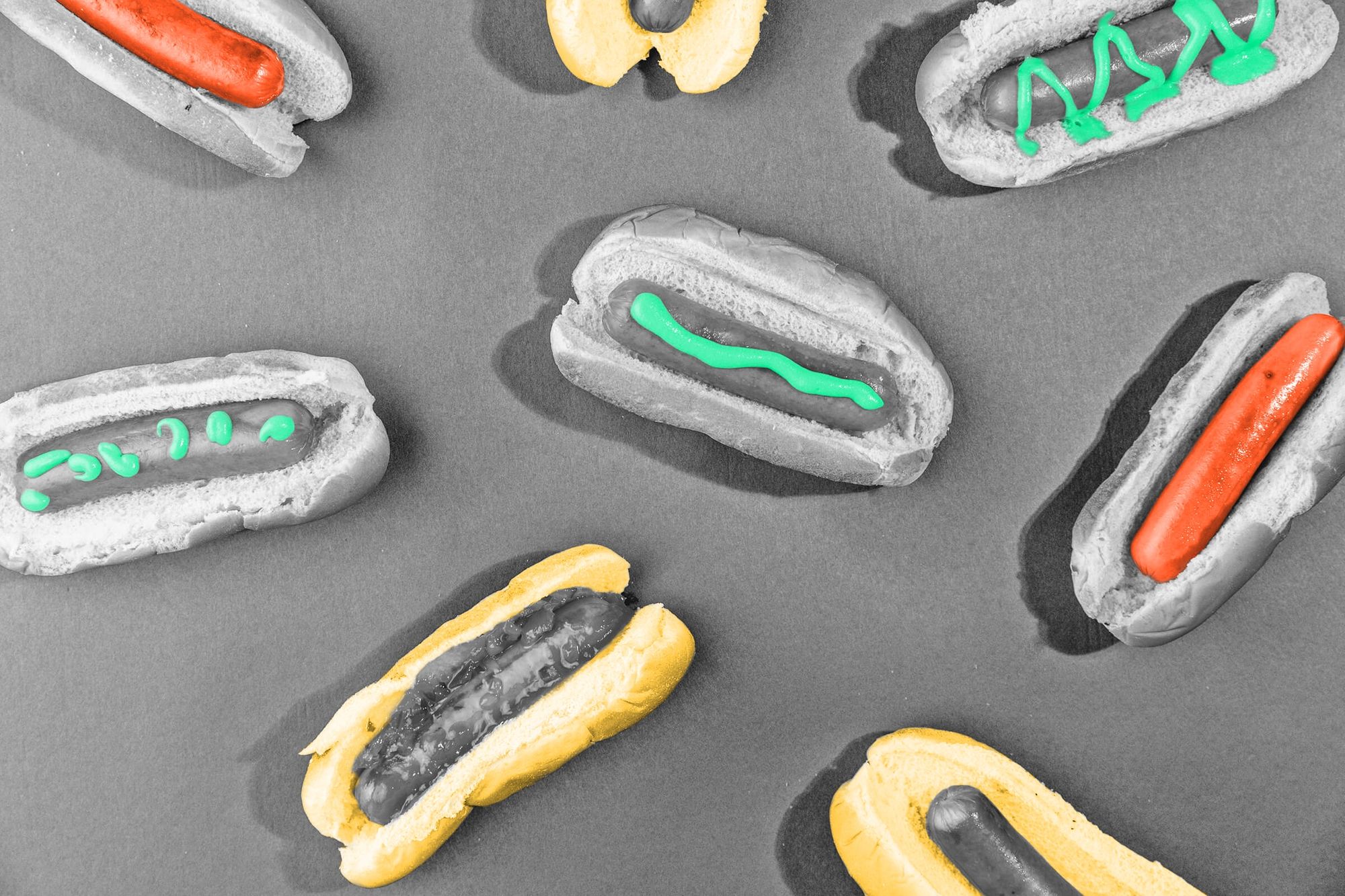
Hawaiian pizza was invented in Canada.
Not many people have managed to create a global pizza sensation, but Sotirios “Sam” Panopoulos delivered. Panopoulos (1934–2017) immigrated to Canada from Greece in 1954, when he was just 20 years old. During the journey, he stopped in Naples and tried his first slice of pizza, a dish that was then also making its way to the Great White North. Upon arriving in Canada, Panopoulos became a restaurateur, going into business with his brothers Elias and Nikitas. At Satellite Restaurant in Chatham, Ontario, Panopoulos began experimenting with pizza in an attempt to lure new customers. In 1962, he drained a can of Hawaiian brand pineapple and tossed the pieces onto a pie. (He later told the BBC he added the fruit “just for the fun of it”). Soon, he tried a variation that offset pineapple’s sweetness with savory, salty ham. He christened the new entrée a “Hawaiian Pizza” after the pineapple’s purveyor, not America’s youngest state. Ever since, food lovers — and even political leaders —have argued over whether pineapple is an acceptable pizza topping.
While Panopoulos is widely credited with creating Hawaiian pizza — a recipe he was never able to patent — some have cited Toast Hawaii as a culinary forerunner. Developed in the 1950s by German television chef Clemens Wilmenrod, Toast Hawaii features bread layered with sliced ham, a pineapple ring, melted cheese, and an optional maraschino cherry.
Canada and the United States share the world’s longest border — 5,525 miles — and part of its Eastern edge bisects a charming library. Completed in 1904, the Haskell Free Library and Opera House was built atop the boundary between Stanstead, Quebec, and Derby Line, Vermont. The main benefactor behind the project, Martha Haskell, was a Canadian who married an American. She envisioned a cultural hub for readers and opera fans on both sides of the border (which is marked on the building’s wooden floors). At the two-story, 400-seat opera house, performers take the stage in Canada, to the delight of onlookers in the U.S. Meanwhile, at the library downstairs, the books and circulation desk are stationed in Canada, while the reading room is considered international space. Citizens from either country can enter the building without a passport. Americans do have an easier time accessing the library, though, because the facility’s only entrance is in Vermont. To get there, Canadians have to stroll past a cement obelisk that marks the border, plus security cameras and a U.S. border guard.

